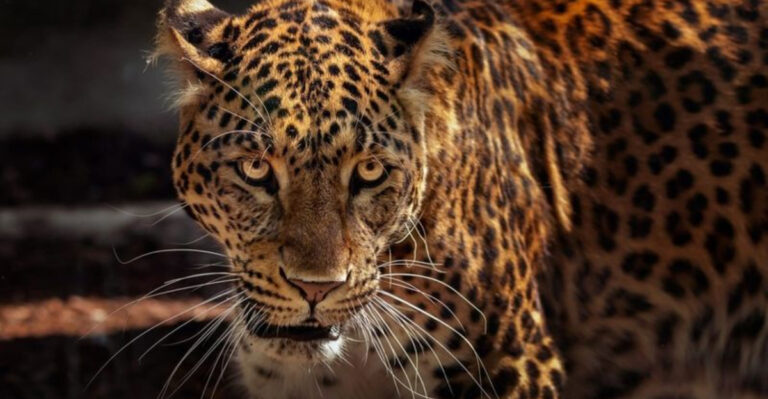11 States In The U.S. Where Bobcats Roam (And 5 Where Sightings Are Rare)
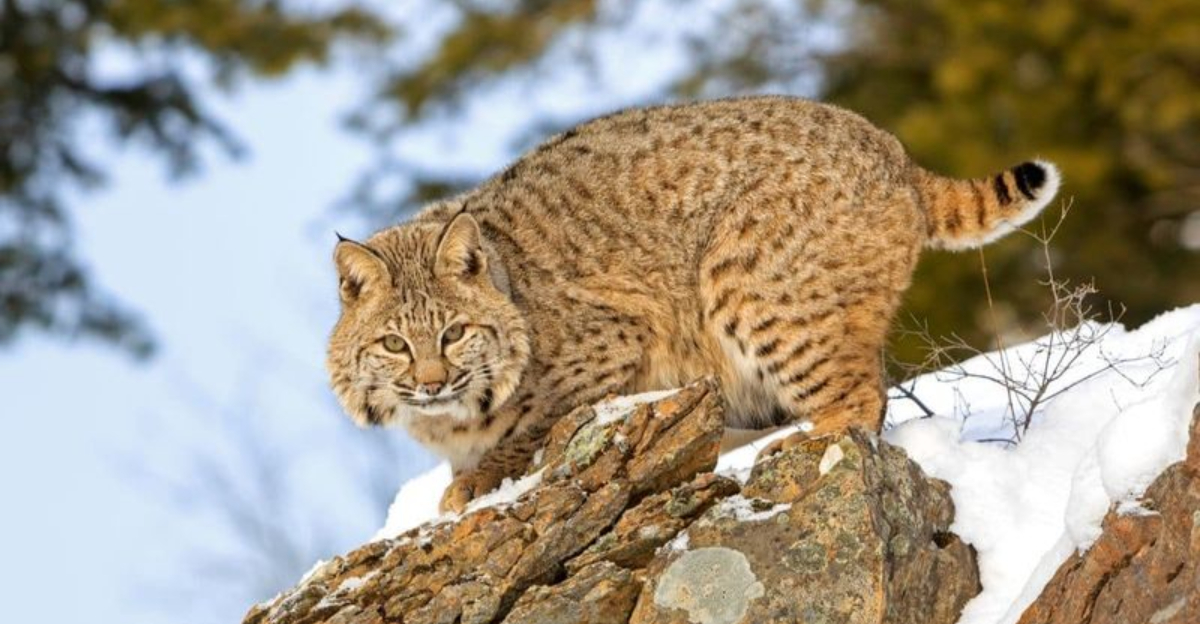
Bobcats are one of North America’s most elusive predators, silently roaming forests, deserts, and swamps from coast to coast.
Though they’ve adapted well to a variety of habitats, their presence isn’t evenly spread across the U.S. In some states, spotting one is almost expected – while in others, it’s a rare and surprising event.
1. Texas: Bobcat Central
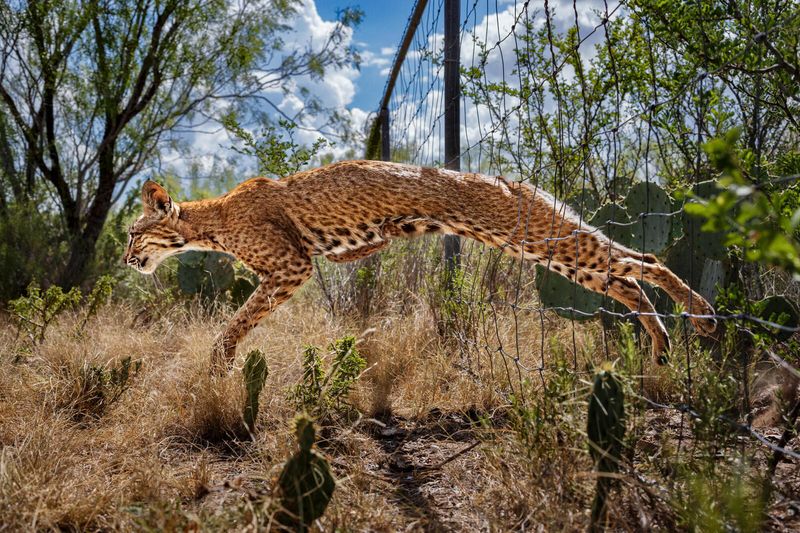
The Lone Star State hosts one of America’s largest bobcat populations. These adaptable hunters thrive in Texas’ diverse landscapes, from the eastern pine forests to western desert scrub.
Ranchers often spot them at dawn or dusk when they’re most active. Their remarkable ability to live near humans without being noticed makes them Texas’ stealthiest wild residents.
2. Arizona’s Desert Hunters
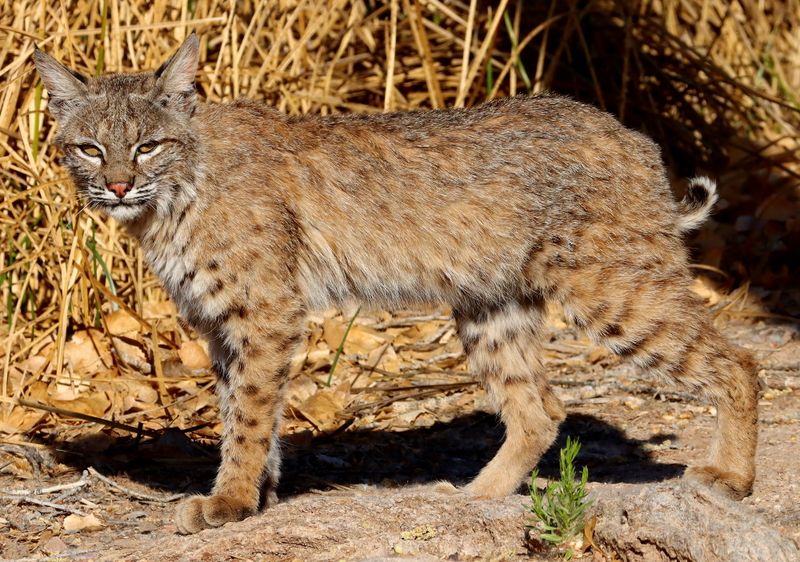
Against the backdrop of saguaro cacti and red rocks, Arizona’s bobcats have mastered desert survival. They require minimal water, getting moisture mostly from their prey.
Morning hikers occasionally spot these sandy-colored cats blending perfectly with the desert terrain. Their specialized kidneys process desert prey efficiently, allowing them to thrive where other predators struggle.
3. California’s Widespread Wildcats
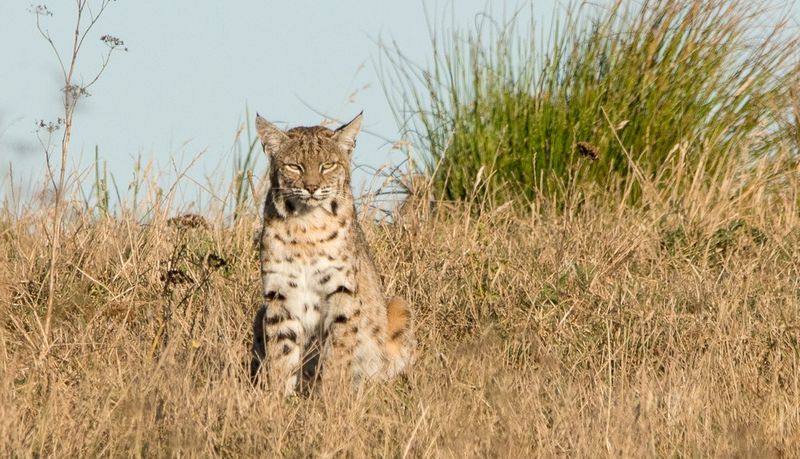
From the redwood forests to the Mojave Desert, California’s diverse ecosystems support healthy bobcat communities.
These adaptable cats even manage to survive in the urban-wildland interfaces around major cities. Trail cameras frequently capture them hunting at the edges of Los Angeles suburbs. Their ability to thrive in fragmented habitats makes them California’s most successful wild felids.
4. Florida’s Swamp Specialists
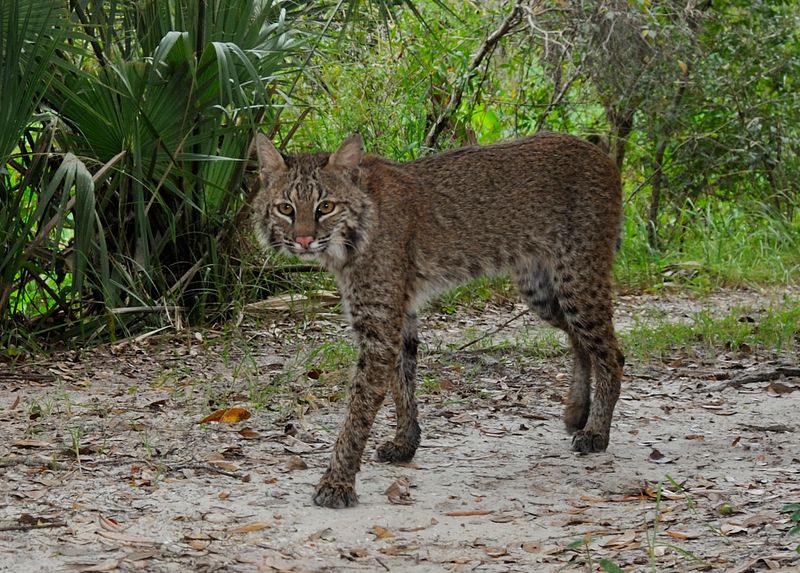
Florida’s bobcats have adapted to life in the humid Everglades and coastal marshes. Unlike many cat species, these swimmers willingly cross waterways and hunt in shallow swamps.
Kayakers occasionally spot them prowling along mangrove edges. Their slightly smaller size compared to northern bobcats represents an adaptation to Florida’s unique environment and prey base.
5. Colorado’s Mountain Masters
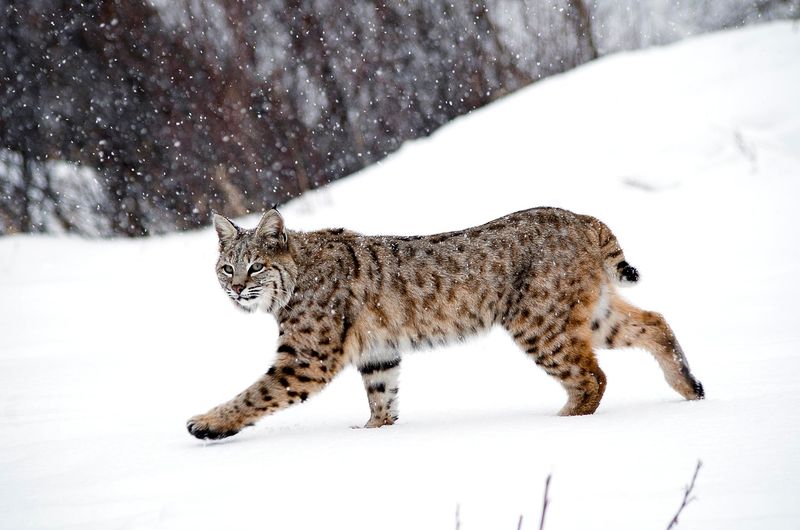
Rocky Mountain bobcats grow thicker winter coats than their southern cousins. These high-country hunters follow seasonal prey movements up and down mountain slopes. Winter reveals their hunting stories through tracks in fresh snow.
Their large, furry paws act like natural snowshoes, giving them an advantage over deer struggling through deep drifts.
6. New Mexico’s Adaptable Predators
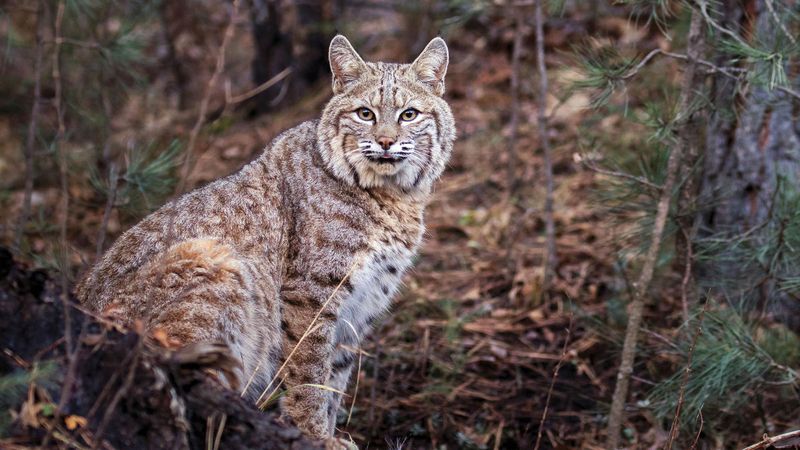
Across New Mexico’s varied terrain, from piñon-juniper woodlands to high deserts, bobcats quietly hunt rabbits and rodents. Their superb camouflage makes them nearly invisible against the state’s rocky landscapes.
Local wildlife photographers stake out water sources at dusk for rare sightings. Their population remains strong despite changing land use patterns throughout the state.
7. Georgia’s Forest Phantoms
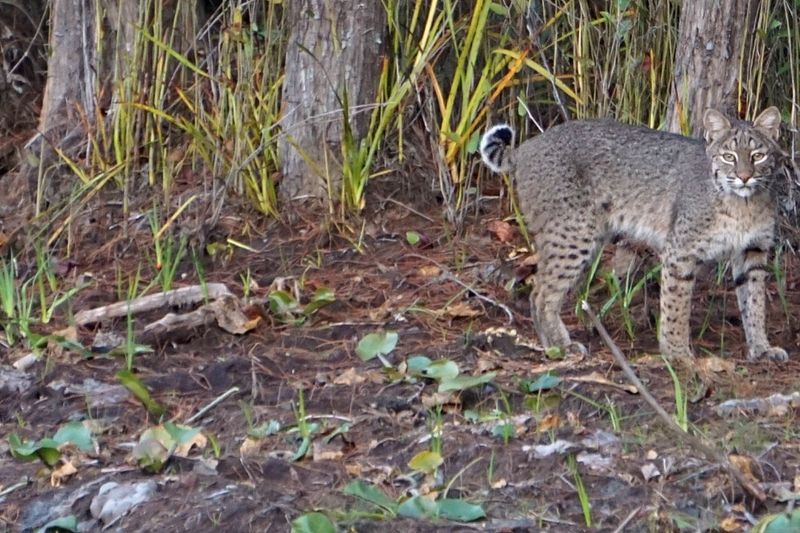
Georgia’s mixed pine and hardwood forests harbor healthy bobcat populations. These stealthy hunters patrol large territories, leaving few signs beyond occasional tracks in mud or sand.
Game cameras reveal they’re surprisingly common despite rare sightings. Their preference for natural corridors makes Georgia’s river bottoms and swamp edges prime bobcat real estate.
8. Michigan’s Comeback Cats
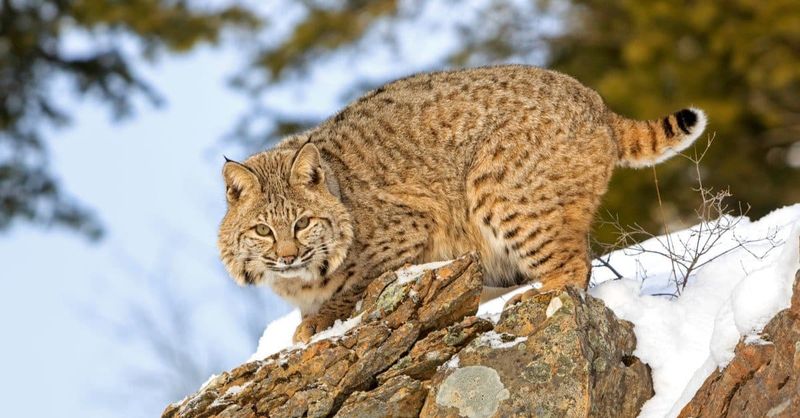
After facing population declines, Michigan’s bobcats have rebounded across the state’s northern forests. Their growing numbers represent a conservation success story.
Winter tracking reveals they actively hunt even in deep snow and freezing temperatures. Their return signals improving forest health throughout Michigan’s wild places.
9. Oregon’s Versatile Predators
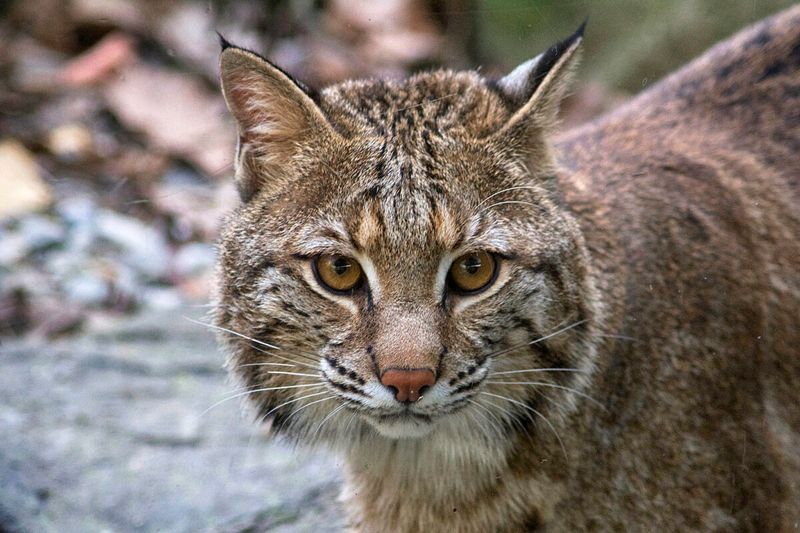
From coastal rainforests to eastern sagebrush, Oregon’s diverse landscapes support abundant bobcat populations. These adaptable hunters adjust their diet seasonally based on available prey. Forestry workers occasionally glimpse them during early morning shifts.
Their presence throughout the state’s varied ecosystems demonstrates their remarkable adaptability to different environments.
10. Kentucky’s Hidden Hunters
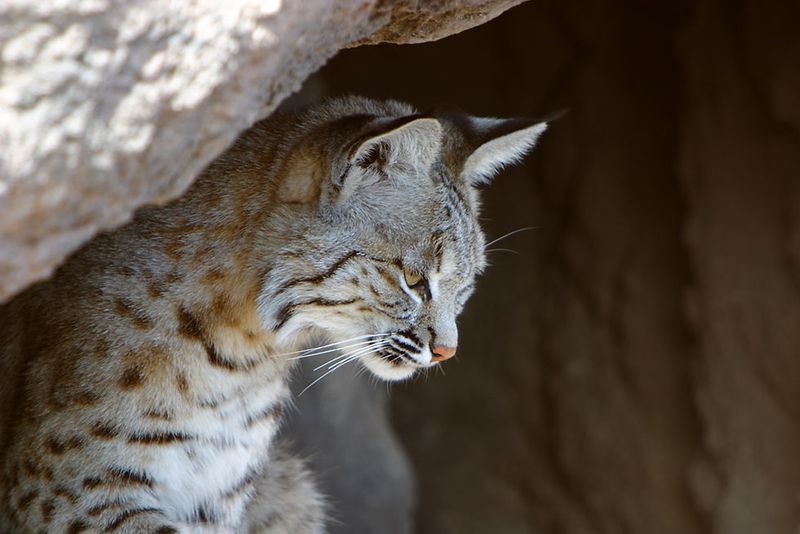
Kentucky’s mix of forests, farmlands, and river bottoms provides ideal habitat for these secretive cats. Their presence often goes unnoticed except by trail cameras and careful observers. Farmers occasionally spot them patrolling field edges at dawn.
Their preference for brushy ravines and overgrown fencerows makes Kentucky’s diverse landscape perfect bobcat country.
11. Utah’s Canyon Country Cats
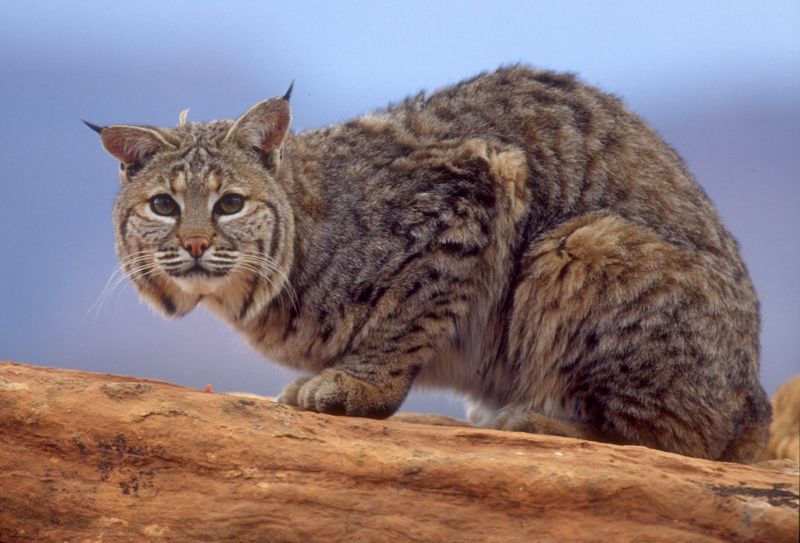
Utah’s dramatic red rock canyons and juniper-studded mesas harbor healthy bobcat populations. Their coloration perfectly matches the rusty hues of southern Utah’s iconic landscapes.
Backpackers occasionally spot them drinking from desert waterholes. Their remarkable ability to extract moisture from prey allows them to thrive in Utah’s arid environments.
12. Delaware: Surprisingly Rare Sightings
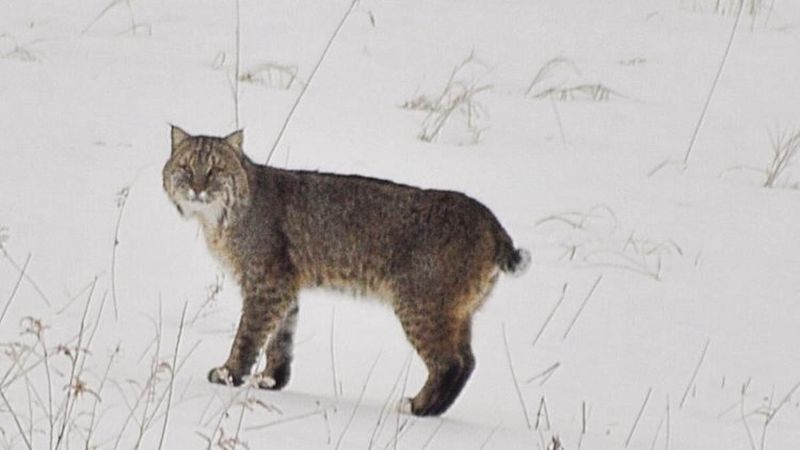
Despite suitable habitat, bobcat sightings in Delaware remain extremely rare. They were considered extinct in the state until occasional confirmed reports began surfacing in recent years.
Wildlife biologists carefully document each potential sighting. Their gradual return represents a natural recolonization as populations expand in neighboring states.
13. Rhode Island’s Absent Felines
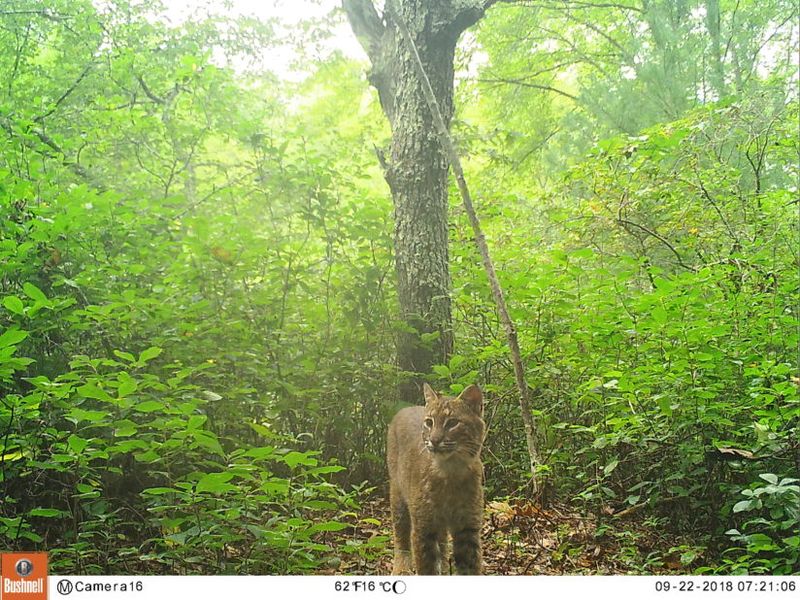
The Ocean State lacks confirmed bobcat populations despite occasional unverified reports. Their absence likely stems from historical extirpation and the state’s high human population density.
Wildlife officials investigate rare reported sightings but find little evidence. Rhode Island’s fragmented forests and extensive development create challenges for natural recolonization by these territorial cats.
14. North Dakota’s Uncommon Visitors
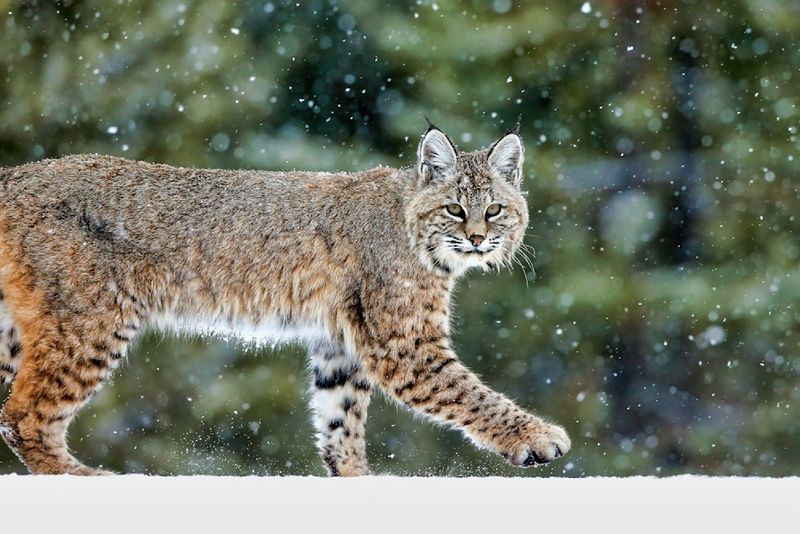
North Dakota represents the northern fringe of bobcat range, with sporadic sightings concentrated in the state’s southwestern corner. Harsh winters limit their distribution across the state.
Game wardens occasionally document their presence through verified tracks or trail camera images. Climate change may gradually expand their range northward if winter conditions moderate.
15. Iowa: Rare Residents

Bobcats in Iowa are a rare sight, residing mostly in the dense forests and woodlands. These feline residents are known for their solitary and secretive behavior.
They have adapted to the changing landscapes, finding refuge in areas with sufficient cover and food supply. Their elusive nature makes them difficult to study, adding to the mystery surrounding them.
16. Connecticut’s Hidden Prowlers
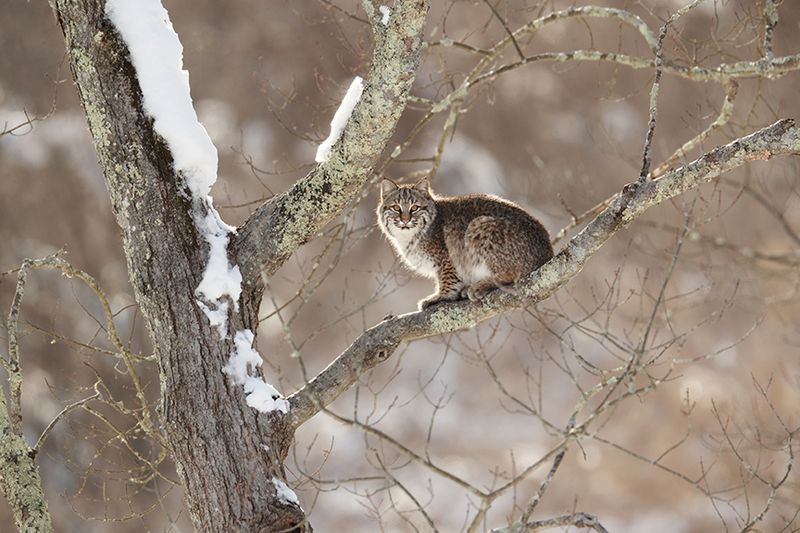
In the picturesque landscapes of Connecticut, bobcats are like hidden prowlers, rarely seen but always present. They thrive in the wooded areas, avoiding human settlements.
Their adaptability is impressive; they navigate through forests with stealth, often leaving just a trace of their presence. Bobcats here are primarily nocturnal, adding to their elusive reputation.

